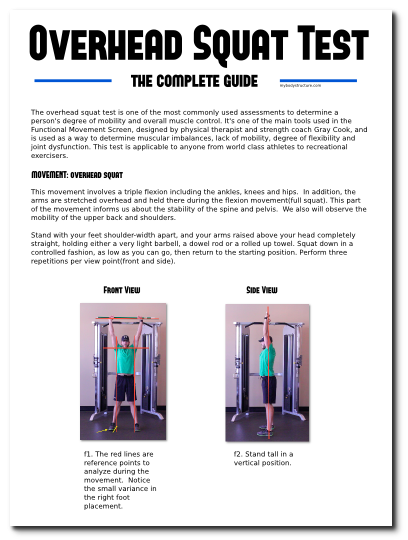3 Easy Rules to Follow
Rule #1: 3 meals & 3 snacks
Our first priority is putting our metabolism back to work. We can accomplish this with 3 proportionate meals through out the day, and in between each meal a snack is recommended. No more going 5-6 hours without anything to eat. You might think that eating less means weight loss, BUT really what is happening inside your body is this; when your body is deprived of nutrients it slows down and goes into hibernation, meaning calories are not being expended but suspended, in fat (your bodies #1 energy source). Your body actually thinks it’s starving and will conserve all energy until further notice. So how do we fix this little problem? We have to first figure out our proper calorie allowance, and then break it down even further into proportionate meal amounts. This will give you a rough plan to follow throughout the day.
First we must figure out your Total Calorie Allowance(TCA). To get a precise calorie allowance use our proportions calculator inside your profile account under proportions. Then Take your TCA and divide by 4. This number is your calorie allowance per meal(breakfast, lunch, dinner). Then divide this number by 3. This new number is your calorie allowance per snack.
example: total calorie allowance = 1800 calories
1800/4 = ~ 450 calories per meal
450/3 = ~ 150 calories per snack
Eating smaller more frequent meals will ignite your metabolism. Allowing for greater nutrient absorption and give you greater energy levels, not to mention help slim your waistline. Don’t forget to break down correct amounts of macronutrients (protein, carbs, fats) depending on your goal. Get access to all of these calculators within your profile once you join full access.
Rule #2: 3 on a plate
There isn’t a person who can’t draw the Mercedes-Benz symbol(remember this). It’s simply a circle with three equal parts divided by lines. A perfect symbol representing balance and efficiency. Picture your dinner plate the same way, divided up into three equal parts. Each part requiring a different food group. Choose a lean protein, fibrous carbohydrate and starchy carbohydrate to compete a perfect plate.
Example:
Lean Protein Examples: fish filet, chicken breast, 93% ground beef, ground turkey
Fibrous Carbs: broccoli, corn, green beans, cauliflower, baby spinach, carrots or any veggies
Starchy Carbs: oats, whole wheats, sweet potato, brown rice or any complex carb
When in doubt make a fist! A quick guide to portion control can be as simple as making a fist. It’s pretty safe to say that each portion of lean protein and carbohydrate should be the size of your fist. Fibrous carbs are an exception to this rule, eat as much as you want! Watch out for plate size! Switch from the traditional 12″ inch dinner plate to the 10″ dinner plate and eat 22% less food. It seems too simple, but switching the size of your plate dramatically decreases the amount of food you consume in one sitting. Slow down, and enjoy your food!
Rule #3: 20% Sugars
The 20% Rule guarantees a sure way to prevent unwanted fat storage and will result in burned excess body fat! This simple Rule helps control blood sugar levels, which is directly related to how the body stores fat. DO NOT eat anything where the sugar amount is more than 20% of the total carbohydrate amount.
There are basically two types of carbohydrates, Simple & Complex. For simplicity, we will say simple carbohydrates are anything containing sugar (which digest fast), and complex carbs (digest slow) are whole wheats, legumes and oats. Whenever you eat a carbohydrate, it first digested in the stomach. They then proceed to the intestines where they are absorbed into the blood stream in the form of glucose (blood sugar or blood glucose). As blood glucose levels rise, your body secretes insulin. This hormone is responsible for storing glucose in the muscles and organ cells in the form of glycogen (or stored energy). When your blood glucose levels(or how much sugar is in the blood) rises above the normal range of 80-120mg/dl, anything extra is essentially stored as fat, if not used as energy. It takes only ~ 15g to significantly raise blood glucose levels and the greater percentage of muscle you hold, the greater amount of glycogen you can store. Now, remember that sugars digest quickly and cause insulin levels to spike quickly. So the trick to controlling blood glucose levels (or stopping fat storage) is the 20% RULE. Follow this rule and I bet you start noticing a difference in the fit of those jeans. Also note: When your blood glucose levels drop below 80mg/dl (happens when we go 4-5 hours with out eating), your metabolism slows way down to save energy, noticing a trend?. Not exactly what we want to happen. So control your sugar amounts and eat often!
Example Blood Glucose Levels Chart
* AF: after meal
* Glucose Levels(y-axis) measured in mg/dl
* Fasting: not eating or sleeping
The above chart shows how blood glucose levels rise and fall through out a meal cycle and what a normal range for blood sugar levels should be when a diet is rich in whole wheats, protein and fiber. On the other hand a diet high in sugars or processed foods produce a much higher blood sugar spike and are followed by a much lower prandial resting point. This results in a sugar rush, followed by a blood sugar crash, making you feeling hungry or craving something sweet. If high fructose corn syrup is among one of the first things on the list of ingredients, chances are it’s high in sugar. If we follow the simple 20% rule, eat proportionate meals containing all three elements and include low calorie snacks through out the day, we will find it easier to maintain our blood glucose levels. Together this will bring SUCCESS!
Check out some of our recipes that follow these main rules!











